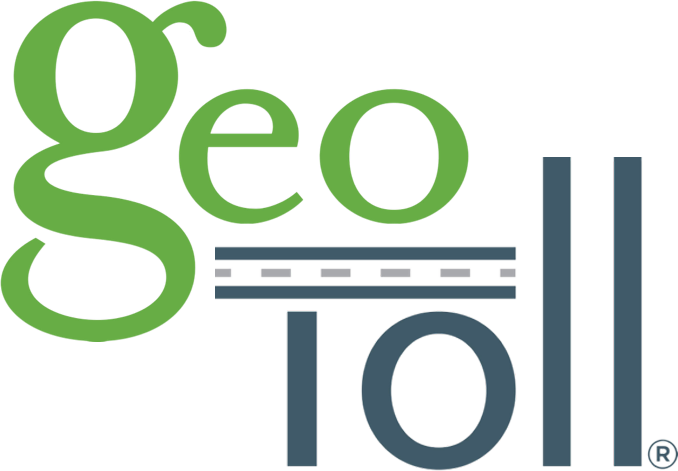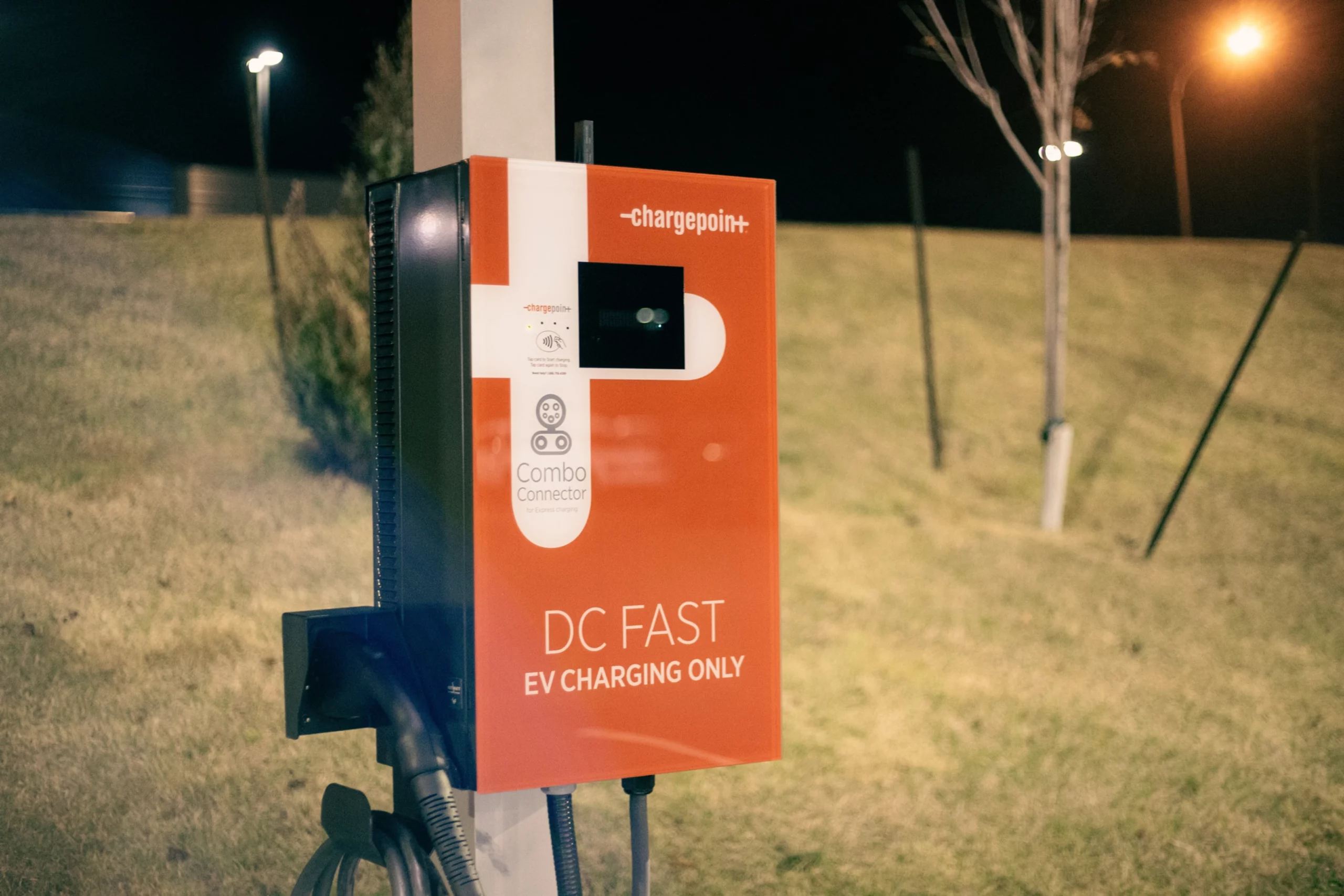In the context of geographic positioning systems (GPS) and geofencing, the term “overlay” refers to a technique in which multiple geofences are layered on top of one another, with each geofence representing a specific location or area. An overlay can be used to create a more detailed or accurate representation of a physical area than a single geofence would allow.
Overlays can be used in many ways such as in the urban planning field, to create a more detailed representation of a city’s streets, parks, and buildings. For example, it can be used to create a geofence for each building on a university campus, or for each park in a city. By layering these geofences on top of one another, it is possible to create a highly detailed and accurate representation of the physical area being geofenced.
In addition to creating a more detailed representation of a physical area, overlays can also be used to create geofences for different types of locations or areas. For example, in the retail industry, you can use overlays to create different geofences for different types of stores or businesses within a shopping center, allowing retailers to find specific types of customers with targeted marketing messages, increasing the chances of conversion (translate: buying something!).
Wanted: Must be Open to Change
Because needs and objectives change, overlays must change with them. The difficulty of changing overlays for the purposes of establishing new geofence boundaries can depend on a variety of factors, such as the complexity of the overlay and the tools and resources available.
If you are using a basic overlay with a limited number of geofences and a simple boundary, it may be relatively easy to make changes. This can be done by using a basic mapping tool or a simple geofencing software and making changes to the coordinates of the geofences or by modifying the shape and size of the geofences.
However, if you are using a more complex overlay with many geofences and intricate boundaries, it may be more difficult to make changes. This is because more complex overlays may involve multiple layers of geofences and a higher degree of precision. In these cases, it might require more advanced tools and specialized software to make changes, and the process may be more time-consuming and resource intensive.
Additionally, if you’re working with large data sets like in the urban planning field, or a real-estate industry, it might require more extensive and accurate data manipulation, as well as geographic information system (GIS) expertise. In these cases, it is best to consult with experts or companies that specialize in geofencing and GIS to ensure that the changes are made accurately and efficiently.
Overlays in the context of Road Usage Charging (RUC)
RUC is a system of charging vehicles for the use of certain roads or highways, with the goal of reducing congestion and promoting sustainable transportation. One way that RUC systems can be implemented is by using geofencing and overlays.
In this use case, overlays can be used to create a series of geofences along the roads or highways that are subject to RUC. These geofences could be configured to correspond to different sections of the road, such as downtown areas, suburban areas, or rural areas. The boundaries of these geofences could then be configured to correspond to different RUC charges, with higher charges for use of the most congested or heavily traveled areas.
In addition to the geofences, an overlay could include other relevant data such as the type of vehicle, time of day, or even weather conditions to determine the charge. This data would then be used to determine the RUC charge that a vehicle would be subject to, based on their location and other factors.
An example of this is the London Congestion Charge, which uses a system of cameras and GPS data to track vehicles as they enter and exit a designated area of the city, and charge them a fee based on the time of day and the type of vehicle.
Overlays can also be used to create exemptions or discounts for certain types of vehicles, such as electric vehicles or carpools, that are less likely to contribute to congestion. This can be seen as a way to incentivize people to use sustainable transportation options.
In the context of RUC, overlays allows for a more flexible, dynamic and nuanced approach than traditional tolls, as it can be customized to the specific needs of a city or region and can adapt to changing conditions over time.
In the context of Road User Charging (RUC) program’s use of overlays, management of the geofences can become complex and expensive because of the following:
- Data Management: RUC overlays need to be based on accurate and up-to-date data such as traffic flow, road usage patterns, road conditions, weather, and more. Managing and updating this data can be a time-consuming and costly process, especially if the data needs to be collected from multiple sources.
- Technical Expertise: RUC overlays often rely on advanced technologies such as GPS, cameras, and real-time tracking systems to monitor and enforce the charges. Managing and maintaining these technologies, as well as dealing with any technical issues that may arise, requires specialized expertise and resources.
- Constant Updates: The nature of road usage changes over time, such as new infrastructure, changes in population density or even unexpected events like pandemics or natural disasters. Therefore, RUC overlays need to be updated frequently, which can be a costly and time-consuming process.
- Compliance: In many cases, RUC systems need to comply with strict regulations, laws and data privacy requirements. Ensuring compliance with these regulations can be complex and expensive, requiring additional resources and expertise.
- Public Acceptance: RUC systems can be controversial and can face resistance from the public. Governments might need to communicate clearly about the reasons for implementing RUC, how it is going to work, and how revenues are going to be used and how it will benefit citizens. This requires significant resources, such as communication and marketing efforts, to build public support and understanding.
Therefore, to ensure successful implementation and ongoing management of RUC overlays, governments will need to invest significant resources, including technical expertise, data management, and outreach and public engagement efforts, to ensure that the overlays are accurate, effective, and accepted by the public.
Moving on to how smartphone technology to count mileage for RUC can be used to improve overlay management, smartphones can help in several ways:
- Real-time analysis: Smartphones are equipped with GPS and other technologies that can provide real-time geolocation of vehicles. This allows for more accurate and up-to-date data about road usage, which can be used to update RUC overlays as needed.
- Cost-effective: Using smartphones to count mileage is more cost-effective than other methods, such as dongles and/or installing and maintaining physical infrastructure such as cameras or toll booths. Smartphones are already widely used by the most drivers, and this eliminates the need for additional infrastructure.
- User-friendly: Using smartphones to count miles is more user-friendly than other methods, as many people are already highly familiar with using smartphones to know their location and to pay for things. This can help to increase public acceptance of the RUC system.
- Flexibility: Smartphones can be used to count mileage for RUC programs that use both fixed and dynamic charges. This makes it a very versatile option that can be used for fees based on, for example, traffic flow, time of day, and weather conditions. This can help make the RUC system more responsive to changing road conditions.
- Privacy: Smartphone makers invest a lot of resources in data security and thus offer more privacy protection than a dongle or telematics-based RUC technology. Smartphone data for RUC is just that – only for RUC – and is used only for the purpose of calculating charges.
- App-based interfaces: With a smartphone app, users have more control, and this creates a more transparent system which in turn creates conditions for a fairer and more efficient system for users.
Using smartphones, a carry-in device with many useful built-in technologies, allows governments to reduce the overall costs of their RUC program, particularly as the programs scale. The high accuracy of a smartphone means people pay only for what they use. And, the fact that people are highly familiar with smartphones means increased acceptance and adoption of RUC programs by the public.

